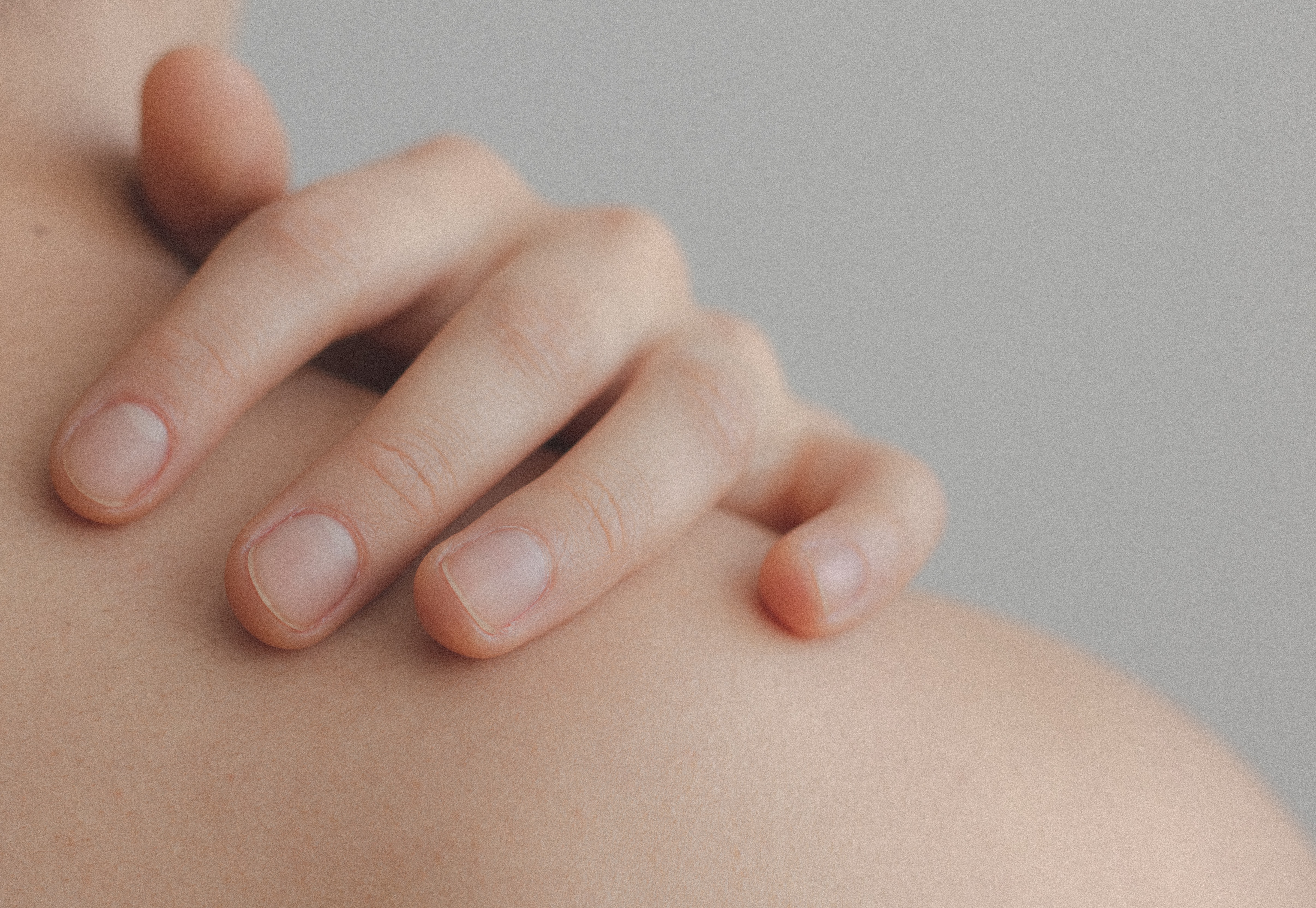
Take this skin quiz to find the best ingredients for your skin and build your skin care routine.
Take The Skin Quiz
Lactic acid is an organic acid that’s present in our blood, deposited there by muscle cells and RBCs. It is a product of anaerobic respiration – that is, it’s made when cells produce energy without oxygen. It is produced in our body when oxygen levels are low, but the body needs to convert glucose into energy.
Lactic acid encourages the production of collagen, which reduces wrinkles and fine lines, giving you firm, younger-looking skin. It can also be used to treat age spots and hyperpigmentation. Using lactic acid can improve your skin tone and reduce the size of pores. You can use a lactic acid peel to achieve these results.
Lactic acid is considered fairly mild, but after you use a peel, your skin will be vulnerable to the sun’s radiation. Make sure you use sunscreen. In addition, the application of lactic acid can cause irritation, itchiness, and rashes. The problem usually subsides with time, but if you have eczema, psoriasis, or rosacea, avoid using lactic acid.
Oily skin occurs when the sebaceous glands in the pores are producing more oil, or sebum, than necessary. Sebum is natural in all skin as it keeps the skin moist and healthy. Over production of sebum can be caused by hormones, genetics or could even be a result of dry skin over-compensating by producing extra oil, in order to retain some measure of moisture.
Oily skin can also be caused by using the wrong products for your skin type. For example, if you are using overly drying soaps and astringents for your skin type, your skin may respond by over producing oil to compensate, as mentioned above. This can create an unfortunate cycle of using harsh soaps to eliminate oils, but instead exacerbating the problem.
On the other hand, overly oily makeup and products can also cause oily skin.
Ingredients that help exfoliate dead skin cells to keep pores unclogged and increase new skin cell production, such as Vitamin A/Retinol, glycolic acid, and salicylic acid, are good for treating acne as well. Benzoyl peroxide is a topical agent for fighting bacteria and unclogging pores. It is one of the longest-used medications to keep oily pores clean and healthy. Jojoba oil is also good for fighting bacteria trapped in oily skin and maintaining a moisture barrier to prevent over-production of sebum.
lactic acid may be effective for oily skin, but there are many other factors that may affect whether this ingredient would work on your skin or if there are better ingredients that may work for you. Take this skin quiz to find the best ingredients for your skin and build your skincare routine.
Next: Does Tea tree oil work on oily skin ?